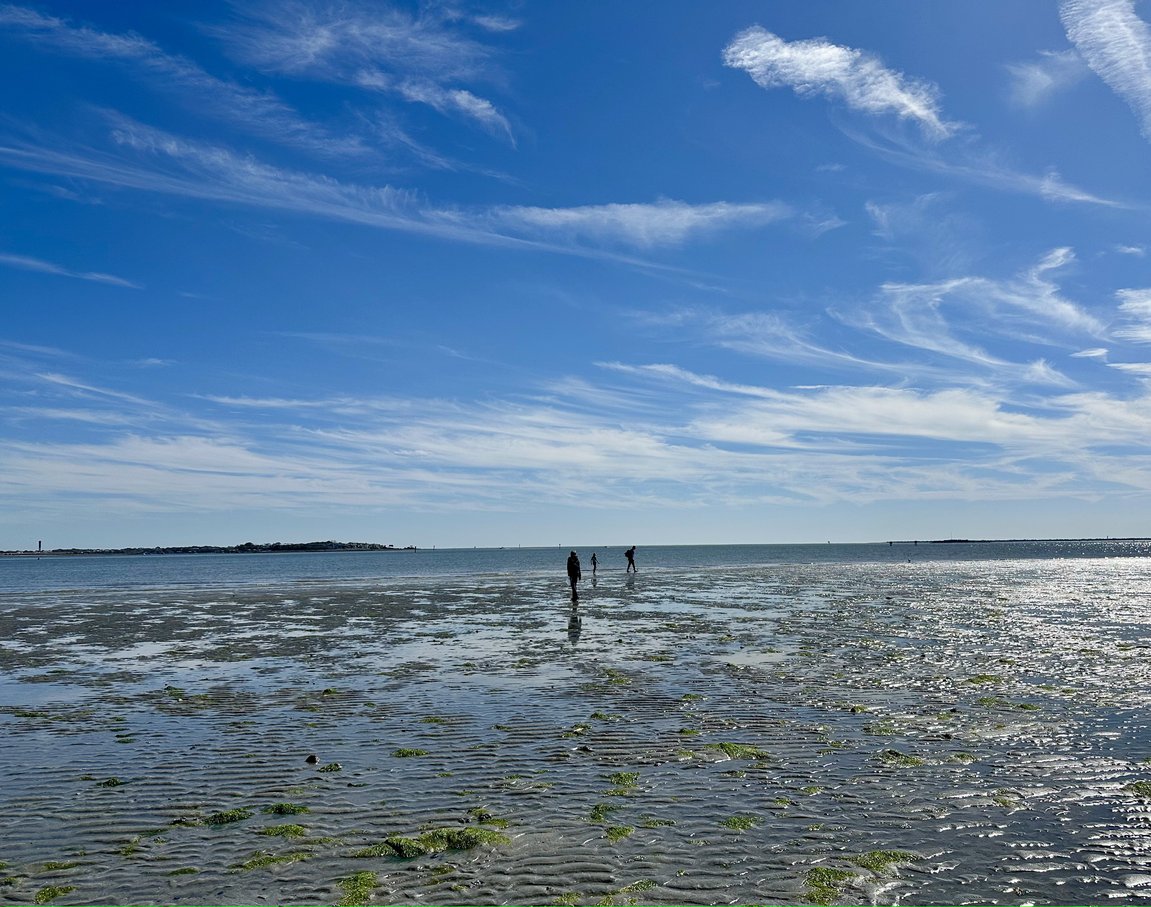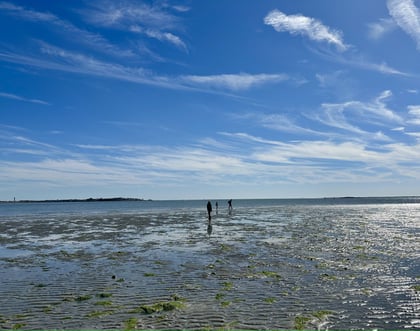A Quick Guide To Fossil Hunting On Your Next Beach Vacation

Every summer, families flock to the beaches in droves. After several days of playing in the sand and water, it can start to get monotonous. To liven up your next beach vacation or day trip, try fossil hunting.
If you live near a beach or like to vacation there, fossil hunting is an exciting outdoor hobby to enjoy alone or as a family.
Fossil hunting is all about training your eyes to decipher shark teeth and other bones from the shells splayed out on the beach.
It requires very little gear, only a small bucket or bag to collect your treasures in, and can be a great family-friendly summer activity.
Before you head out, a little planning can go a long way to help you navigate the beaches for fossils.
Best Beach Locations For Fossil Hunting
Some beaches are better than others for finding shark teeth and other fossils, such as vertebrae or bones.
To combat this erosion, sand from deep riverbeds and the ocean floor are being deposited on eroding beaches. The sand can hold very old fossils that have remained untouched due to their location being too deep to access.
For the most success, do a little internet research to see if your beach is one of the locations where sand is being deposited.
Timing Your Fossil Hunt
Low tide is the best time to look for fossils due to the amount of sand that is exposed. We like to hit the outgoing tide and walk along the beach in paths that are almost parallel to the water.
As the tide goes out, turn and hit a new path of shell deposits to see what you can find.
Also, storms can wash the top level of sand out into the ocean, leaving newly exposed fossils on the beach.

What To Look For
Fossils come in an array of shapes and sizes. When searching for shark teeth, sorting by color and shape among the shells is the most effective tool.
Shark teeth fossils are black when the sun shines on them, and they appear to glisten among the drab shells around them.
My son was the fastest at distinguishing shark teeth, and later admitted he does so by shape. He described the teeth looking like an upside-down triangle or the shape of a fish tail.
Whale vertebrae look like perfect circles when they are lying in the sand. They don’t shine like the black shark teeth do, but are usually dull.
The best way to spot these amongst the shells is to look for their circular shapes.

What to Know Before You Go Fossil Hunting
Most beaches require that you collect fossils from above the low water mark. If you want to scuba dive for fossils or collect them from the water, a hobby license may be required.
Some beaches prohibit digging for fossils using shovels, rakes or anything mechanical to help you find them. Keep in mind that many sand dunes on the east coast are nesting grounds for sea turtles and are not to be walked on.
Beach combing for fossils is an easy summer activity and a great way to explore the beach. On your next beach vacation, try looking for shiny black triangles amongst the shells.
You never know what you might find.











Your email address will not be published. Required fields are marked*